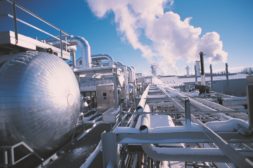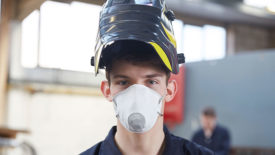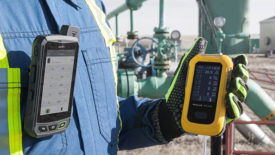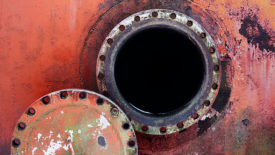Oil and Gas Industry Safety & Health
Learn how organizations can increase throughput, make assets more reliable and improve upon safety practices
Read More
2021 Top 10 OSHA Violations: Respiratory Protection, general industry
No. 2 in the Top 10 most frequently penalized OSHA standards for FY 2021
January 25, 2022
2021 Top 10 OSHA Violations: Powered Industrial Trucks
No. 9 in the Top 10 most frequently penalized OSHA standards for FY 2021
January 25, 2022
2021 Top 10 OSHA Violations: Control of hazardous energy (lockout/tagout) general industry
No. 6 in the Top 10 most frequently penalized OSHA standards for FY 2021
January 25, 2022
Become a Leader in Safety Culture
Build your knowledge with ISHN, covering key safety, health and industrial hygiene news, products, and trends.
JOIN TODAYCopyright ©2025. All Rights Reserved BNP Media.
Design, CMS, Hosting & Web Development :: ePublishing











